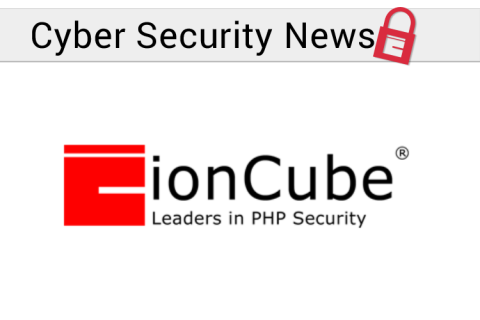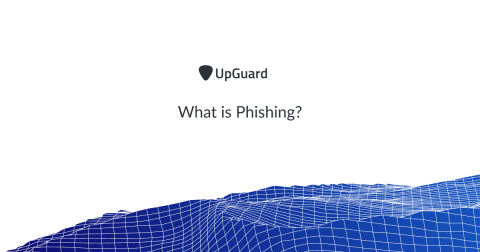Revisiting and Revising Some Tips for National Cyber Security Awareness Month
As a regular reader of Tripwire, you are aware that October is National Cyber Security Awareness Month. Way back in 2015, when the world was an entirely different place, I contributed an article that offered some tips for protecting yourself. Since that article, other scams have taken a front seat towards compromising our security. They are not new, but they seem to be the new “flavor of the day.”






